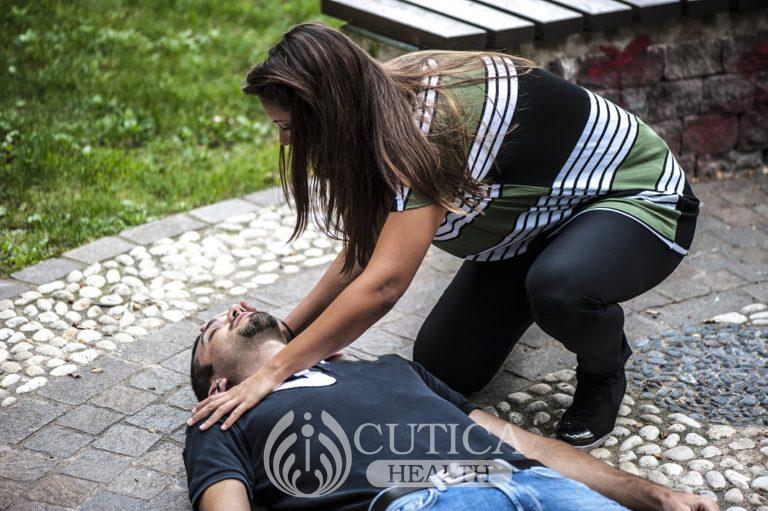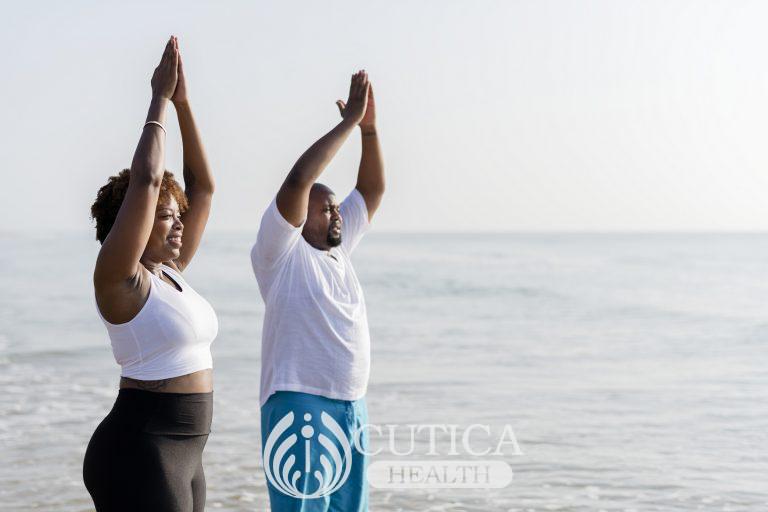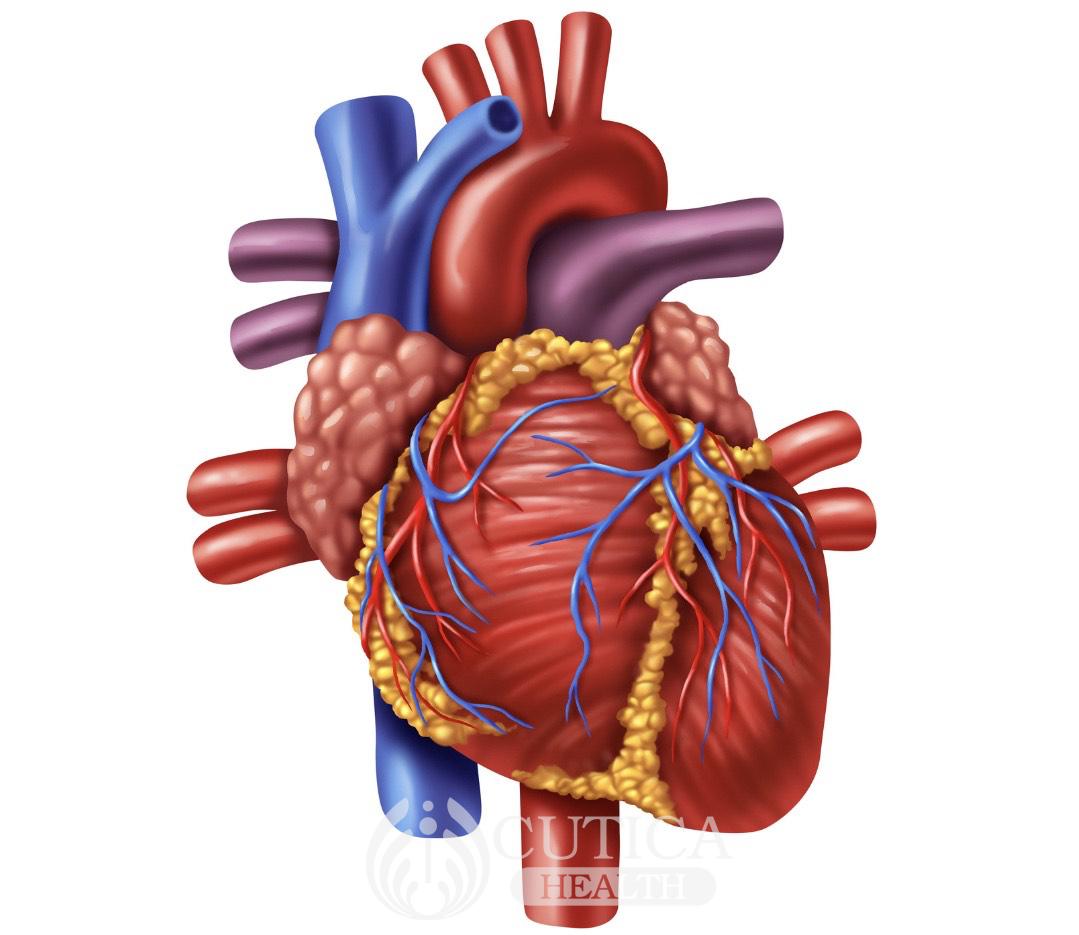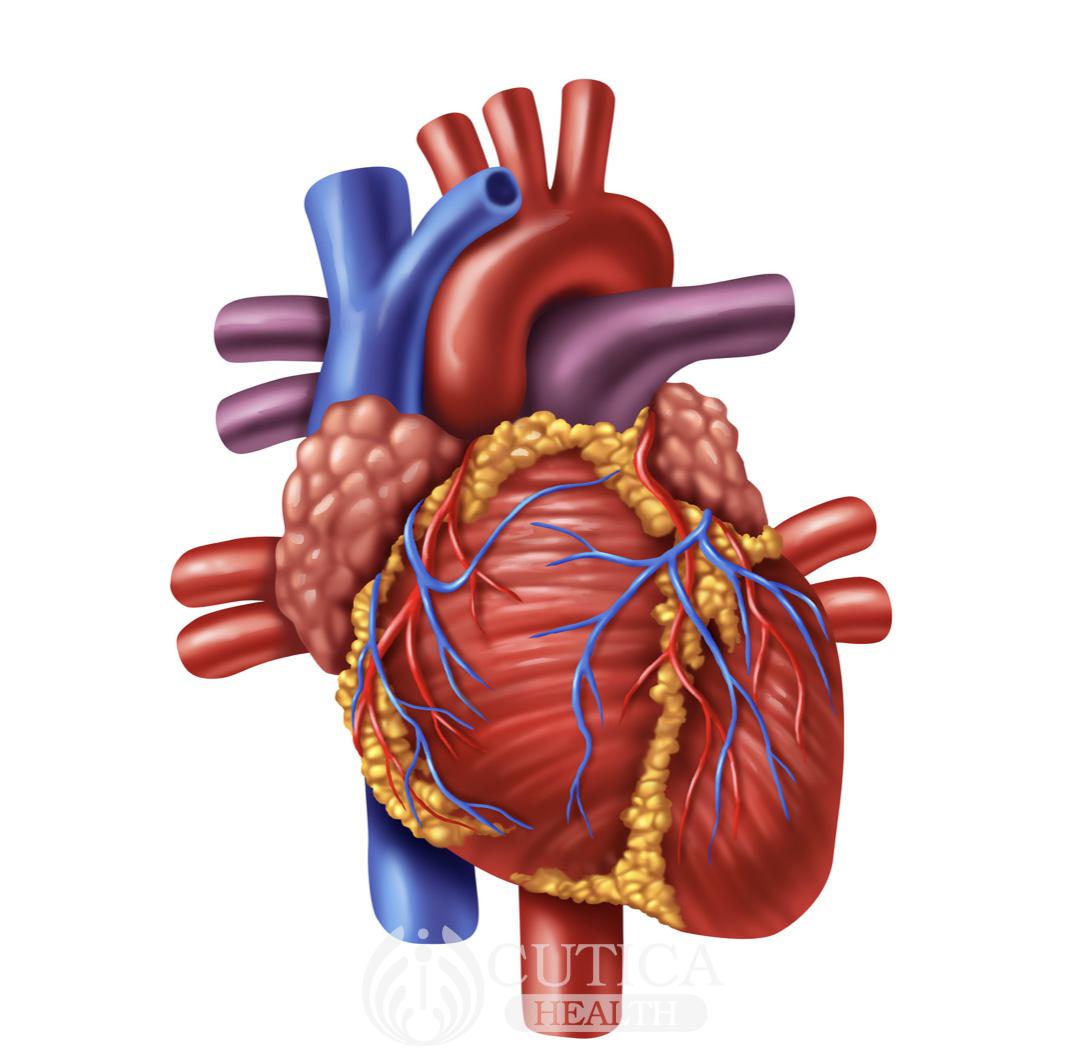
Lade made me promise that I would be at her side in the delivery room when “push comes to push”. Her obstetrician tried to put me at ease by making a pun about “division of labor”.
So, there I was on D-day, all sweaty palms beside a huffing and puffing Lade when our baby arrived. Lade was too distracted to notice anything amiss as the midwife cooed “It’s a girl!” while firmly tapping the newborn’s heels to elicit a good cry.
I watched anxiously as our baby startled and gave a brief half-hearted cry, nothing close to the shrill version I was expecting. On cue, a gloved pediatrician waiting on the side stepped up briskly and took over the baby. He glanced at us and offered a tense smile. “We’ll have her bawling in a minute…then you may have to beg her to stop!”. Without delay our baby was bundled off to the adjoining resuscitation room, while the midwifery team refocused their attention on Lade and the yet to be delivered placenta. Only three minutes had passed since our baby was born, but it felt like twenty minutes.

I felt light-headed and breathless as the subdued baby was whisked away. The ensuing silence seemed awkward as I tried to look cheerful to my still panting wife. “We made it, eh?” she croaked proudly, craning her neck to look up at me. I nodded with bated breath, at a loss of what to say. Suddenly, a strident baby’s cry “WAAH! WAAH!” filtered through like a blast of music from the adjoining room. Then the unthinkable happened…I passed out!
And so, by two intense experiences separated by a few minutes I learnt firsthand a crucial fact of life: Your health is as good as your breathing. No one is exempted. Not even babies. Newborns delivered in a hospital setting routinely get a test of vital fitness called Apgar score at one minute and five minutes of life. This is because babies don’t use their lungs while in their mother’s fluid-filled womb and only use lungs to breathe for the first time during their birth cry. A vigorous and sustained cry at delivery is sure evidence of a successfully launched pair of lungs and good oxygen flow to the brain. An Apgar score between 7 and 10 (out of 10) in the first minute of life is considered normal.
When a newborn baby flunks this test (by getting a score lower than 7 out of 10) in the first minute, doctors intervene urgently to help the baby respond better. As Lade and I learnt later, our daughter was born with her umbilical cord (also known as birth cord) entangled round her upper body. Her Apgar score at one minute was a mere 5 over 10! If she had been left for more than a few minutes without resuscitation, she would have suffered brain damage. Today, Bibi (as we named her) is an intelligent and sassy eight-year-old. She made it because she was helped in good time to breathe fully.
The story of my delivery room faint has enlivened many of our family gatherings over the years since it happened, with embellished versions of the incident gaining popularity through third party reports. It’s always good for a laugh at my expense. But I don’t mind this because these recounts give me an opportunity to impress it on an amused audience that genuine laughter is one of the few spontaneous triggers for healthy, deep breathing.
I wouldn’t have fainted if I had deployed deep breathing instead of holding my breath when my newborn daughter’s fate hung in a balance. Fainting under emotional pressure was embarrassing, but loss of consciousness broke the stranglehold of panic, freeing me to breathe properly again. I revived easily after adequate oxygen supply reached my brain once more. Afterwards, the doctor remarked drily that “All the oxygen in the world is of no benefit to someone who chooses not to breathe.”
Surely, everybody alive knows how to breathe…right? Well, medical reports suggest that many people carry on with improper breathing without being aware of it, as my fainting episode illustrates. Deep breathing improves oxygen transfer to the blood and counters the effects of shallow breathing that often accompanies stress, anxiety, fright, and similar conditions. Deep breathing is also sometimes helpful to calm the body to facilitate restful sleep. The challenge is that for most people, initiating deep breathing when it really matters requires some conscious prompting. Therefore, the first step towards using deep breathing for its health benefits is to be mindful of your breathing. Typically, breathing tends to get shallower and faster as a person becomes more emotionally unsettled, and at such times you may find yourself breathing through the mouth (rather than the nose), or even unintentionally holding your breath for brief periods because of emotional distress. This is an undesirable set-up for impairment of your responses when the need is probably greater for you to be alert and well grounded. Intentional deep breathing (say, while counting slowly from one to ten when you are about to lose your temper) works because the enhanced oxygen intake and expansion of different muscles triggers the body’s relaxation response and cuts off the “fight or flight” response.

Deep breathing is relatively straightforward to practice. Start by breathing slowly through the nose, make sure your lungs fill with air, then slowly exhale through your nose, and repeat the cycle steadily for several minutes at first instance. So, the next time you find yourself feeling tense and nervous as you approach center-stage for an important response, take a minute to check out your breathing pattern, and if necessary, test out deep breathing to calm yourself down. The good news is that because breathing is one of only two bodily functions that we do both voluntarily and involuntarily (the other is blinking), with regular practice you can make deep breathing to work for you on the spot and then keep you at your best when it matters most.












